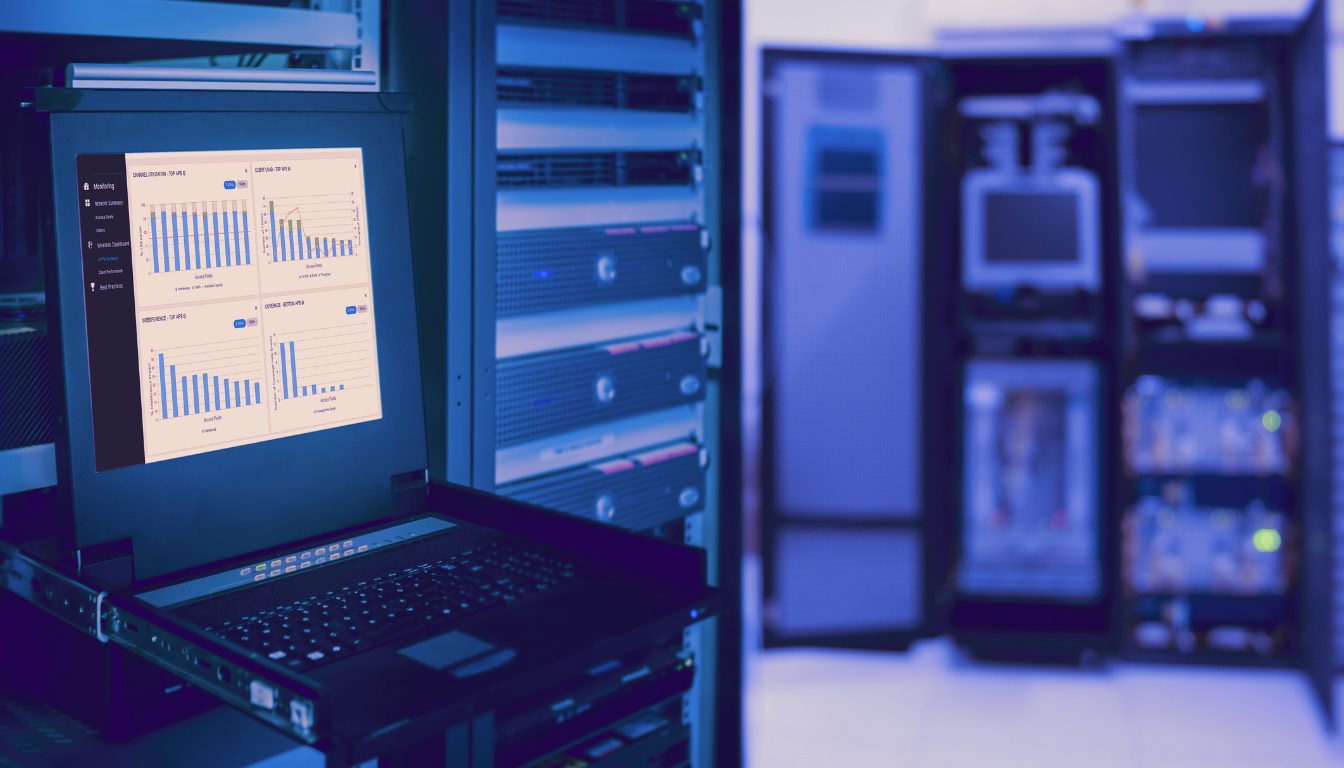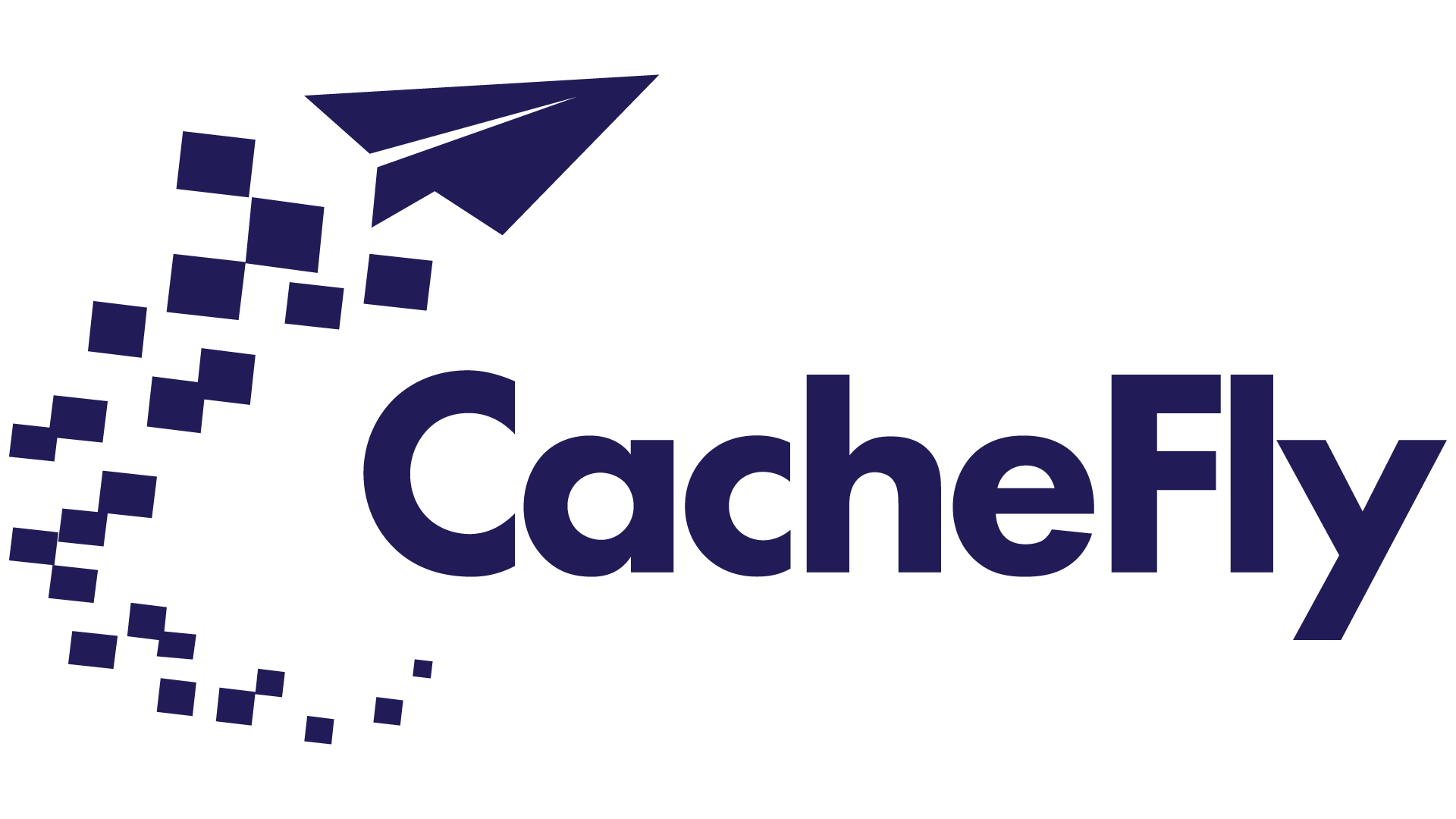
A Comprehensive Guide to Identifying and Fixing Performance Bottlenecks
Key Takeaways
- Analyzing latency issues is crucial for identifying performance bottlenecks in your CDN.
- Investigate cache misses to optimize the efficiency of your content delivery.
- Examining content delivery failures helps maintain a consistent user experience.
- Assessing the impact of performance issues on user experience is fundamental for prioritizing optimization efforts.
In the age of digital acceleration, one thing remains clear: speed matters. In an era where patience is at a premium, even a slight delay in loading times can lead users to abandon your site, affecting your bounce rates and, ultimately, your bottom line. CDNs play a crucial role in mitigating these risks, but they are not without their issues. This guide aims to help you better understand how to identify and fix performance bottlenecks in your CDN. Let’s dive into it!
Identifying Common CDN Performance Issues
Understanding common CDN performance issues is the first step in learning how to identify and fix performance bottlenecks. Here, we will look at four key areas that often present problems in CDN performance.
1. Latency Issues: High latency can lead to slow loading times, frustrating users and potentially causing them to leave your site. These latency problems often stem from CDN configuration errors, such as incorrect routing or insufficient Points of Presence (POPs)—a problem that can be significantly improved by an industry-leading CDN provider like Cachefly.
2. Cache Misses: Cache misses occur when requested content is not found in the CDN’s cache, resulting in the CDN having to retrieve the content from the origin server. This can significantly impact performance. The common causes often include improper cache settings, such as incorrect Time to Live (TTL) values or failure to cache certain content types.
3. Content Delivery Failures: These happen when the CDN is unable to deliver the requested content to the user. This can be due to network issues, origin server problems, or CDN infrastructure failures. Monitoring CDN logs and using real-time analytics tools can help identify the root cause of these failures.
4. Impact of Performance Issues on User Experience: Poor CDN performance does not merely affect the loading times but can drastically impact the user experience, leading to increased bounce rates and reduced user engagement. Utilizing web analytics tools to correlate CDN performance with user behavior metrics, such as page load times, bounce rates, and conversion rates, can aid in prioritizing performance optimization efforts.
By understanding these common CDN performance issues, you’ll be well on your way to identifying and fixing performance bottlenecks. Remember: knowledge is power. The more you understand about what can go wrong, the better you can prevent these issues from arising in the first place.
Leveraging CDN Logs and Analytics for Troubleshooting
Now that we’ve uncovered the common CDN performance issues, it’s time to delve into how we can leverage CDN logs and analytics to troubleshoot these bottlenecks effectively.
1. The Power of CDN Logs
So, what’s in a log? A lot more than you might think! CDN logs are a goldmine of information, providing detailed insights into your CDN’s performance, including request and response data, cache hit/miss ratios, and error codes. These logs are pivotal for identifying performance bottlenecks and troubleshooting issues.
Ensure that your CDN provider, like CacheFly, offers comprehensive logging capabilities and that you have full access to these logs. Understanding the importance of CDN logs is a significant step in learning how to identify and fix performance bottlenecks.
2. Real-time Monitoring Tools
Why wait when you can act instantly? Real-time monitoring tools, such as dashboards and alerts, allow you to track CDN performance on the fly. These tools help you quickly identify and respond to performance issues, thereby minimizing their impact on user experience. Look for CDN providers that offer robust monitoring capabilities, including customizable dashboards and real-time alerts.
3. Analyzing Cache Hit/Miss Ratios
Did you know that cache hit/miss ratios are a reliable indicator of how effectively your CDN is caching and serving content? A high cache hit ratio means that most requests are being served from the CDN’s cache, resulting in faster load times. On the other hand, a low cache hit ratio suggests that the CDN is frequently retrieving content from the origin server, which can negatively impact performance.
Therefore, it’s essential to regularly review cache hit/miss ratios. This practice will help you identify potential caching issues and optimize your caching strategy, a critical aspect of learning how to identify and fix performance bottlenecks.
4. Monitoring Error Rates and Types
Error codes are more than just annoying pop-ups; they’re clues to deeper issues. CDN logs can reveal error rates and types, such as 4xx (client errors) and 5xx (server errors) status codes. High error rates can indicate problems with your origin server, CDN configuration, or content.
Analyzing error logs can help you identify patterns and pinpoint the sources of errors. For instance, a high number of 404 errors may suggest broken links or missing content, while frequent 500 errors could indicate origin server issues.
The beauty of technology lies in its ability to provide solutions. Leveraging CDN logs and analytics for troubleshooting and understanding how to identify and fix performance bottlenecks is no exception. By harnessing the power of logs, real-time monitoring tools, cache hit/miss ratios, and error rates, you can take your CDN performance to the next level. The road to optimal CDN performance is paved with data-driven decisions. So, are you ready to dive in?
Strategies for Testing and Optimizing CDN Performance
With a good grasp of CDN logs and analytics, let’s now consider strategies for testing and optimizing CDN performance. These strategies will equip you with the know-how to identify and fix performance bottlenecks.
1. Performance Tests from Multiple Locations
Why limit yourself to one location when you can test from many? CDN performance can often vary depending on the user’s geographic location. To ensure consistent performance for all users, make it a practice to test your CDN’s performance from various locations worldwide. Utilize tools like Pingdom, GTmetrix, or WebPageTest to measure load times, time to first byte (TTFB), and other crucial performance metrics from different regions. This practice is a crucial part of understanding how to identify and fix performance bottlenecks.
2. Optimizing CDN Configuration Settings
Optimization isn’t a one-time event; it’s an ongoing process. Regularly review and optimize your CDN configuration settings to ensure peak performance. This includes setting appropriate TTL values for your content, enabling compression and minification, and configuring caching rules based on content types and user behavior. Continuously monitor the impact of these optimizations on performance and make adjustments as needed.
3. Automated Performance Monitoring
Why react when you can anticipate? Automated performance monitoring tools can help you proactively identify and address CDN performance issues before they impact users. These tools can simulate user requests from various locations, measure response times, and alert you to potential problems. Integrate these tools into your CDN management workflow to ensure consistent, high-quality performance. This proactive approach is key in learning how to identify and fix performance bottlenecks.
4. Evaluating the Benefits of Multi-CDN Strategies
Two is better than one, and in some cases, using multiple CDN providers can improve performance and reliability. Multi-CDN strategies allow you to route traffic to the best-performing CDN for each user based on factors like geographic location, network conditions, and content type. If you cater to a global audience or experience high-volume traffic, consider exploring multi-CDN solutions to optimize performance and ensure redundancy.
Testing and optimizing CDN performance is a ceaseless process. It’s about staying ahead of the curve and ensuring your CDN is always performing at its peak. And remember, you’re not alone in this journey. Cachefly is here to support you every step of the way, offering robust tools and support to help you identify and fix performance bottlenecks.
Staying Ahead: Emerging Technologies and CDN Performance
As we delve deeper into the 21st century, technology continues to evolve at an unprecedented pace. This progression brings with it a plethora of opportunities for CDN performance optimization. Let’s delve into some of these emerging technologies and how they are set to revolutionize CDN performance — another crucial aspect of learning how to identify and fix performance bottlenecks.
1. Preparing for the Impact of 5G Networks
Are you ready for the 5G revolution? The rollout of 5G networks promises to transform content delivery, offering faster speeds and lower latency. As 5G becomes more widespread, CDNs will need to adapt to leverage these capabilities fully. This adaptation might involve optimizing content for 5G delivery, implementing edge computing solutions, and exploring new caching strategies. Staying informed about 5G developments and working with your CDN provider ensures your content delivery strategy is 5G-ready. Are you prepared for the speed and efficiency that 5G will bring?
2. Exploring the Potential of Edge Computing
Ever wondered what technology lies at the edge of tomorrow? Edge computing, which processes data closer to the user, is set to transform CDN performance by reducing latency and enhancing the overall user experience. As edge computing becomes more prevalent, CDNs will need to integrate edge capabilities into their networks. This integration may involve deploying edge servers, developing edge-specific caching strategies, and optimizing content for edge delivery. Have you considered how edge computing can enhance your CDN performance?
3. Embracing Artificial Intelligence and Machine Learning
Can you imagine a world where machines learn from data and make decisions? AI and machine learning technologies have the potential to revolutionize CDN performance optimization. These technologies can analyze vast amounts of data to identify performance patterns, predict user behavior, and automatically optimize content delivery. For instance, AI-powered systems could dynamically adjust caching strategies based on real-time traffic patterns or predict content popularity to proactively cache content at the edge. As these technologies mature, look for opportunities to integrate them into your CDN strategy to drive performance improvements. Are you ready to harness the power of AI and machine learning to enhance your CDN performance?
Emerging technologies like 5G and edge computing are set to revolutionize CDN performance and troubleshooting, offering new scenarios and methodologies. 5G, with its high-speed connectivity, will significantly enhance content delivery speeds. On the other hand, edge computing, by processing data closer to the user, will reduce latency and improve the overall user experience. These advancements present an exciting future for CDN performance, making it even more vital to stay ahead of the curve and continuously explore ways to identify and fix performance bottlenecks.
As we’ve seen, identifying and fixing performance bottlenecks involves a comprehensive understanding of CDN performance issues, leveraging CDN logs and analytics for troubleshooting, implementing robust testing and optimization strategies, and staying ahead of emerging technologies. But the key question remains — are you ready to harness these strategies and technologies to ensure your CDN performs at its peak?
About CacheFly
Beat your competition with faster content delivery, anywhere in the world! CacheFly provides reliable CDN solutions, fully tailored to your business.
Want to talk further about our services? We promise, we’re human. Reach us here.
Product Updates
Explore our latest updates and enhancements for an unmatched CDN experience.
Book a Demo
Discover the CacheFly difference in a brief discussion, getting answers quickly, while also reviewing customization needs and special service requests.
Free Developer Account
Unlock CacheFly’s unparalleled performance, security, and scalability by signing up for a free all-access developer account today.
CacheFly in the News
Learn About
Work at CacheFly
We’re positioned to scale and want to work with people who are excited about making the internet run faster and reach farther. Ready for your next big adventure?





